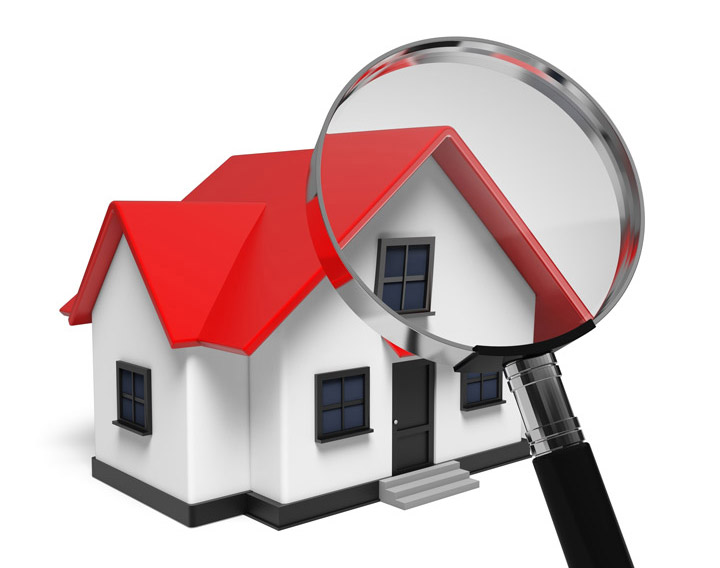
Understanding AppraisalsTheir home's purchase is the largest transaction some will ever encounter. It doesn't matter if a primary residence, an additional vacation property or a rental fixer upper, the purchase of real property is a detailed financial transaction that requires multiple parties to pull it all off. Most people are familiar with the parties having a role in the transaction. The real estate agent is the most familiar entity in the exchange. Next, the mortgage company provides the money required to finance the deal. And ensuring all areas of the sale are completed and that the title is clear to transfer from the seller to the purchaser is the title company. So, what party makes sure the value of the real estate is in line with the amount being paid? This is where you meet the appraiser. We provide an unbiased opinion of what a buyer could expect to pay — or a seller receive — for a property, where both buyer and seller are informed parties. A licensed, certified, professional appraiser from Alaska Appraisal & Consulting Group will ensure, you as an interested party, are informed. The inspection is where an appraisal startsTo ascertain an accurate status of the property, it's our responsibility to first perform a thorough inspection. We must actually view features, such as the number of bedrooms and bathrooms, the location, amenities, etc., to ensure they indeed are there and are in the shape a reasonable person would expect them to be. The inspection often includes a sketch of the floorplan, ensuring the square footage is correct and illustrating the layout of the property. Most importantly, the appraiser looks for any obvious features - or defects - that would affect the value of the property. Once the site has been inspected, we use two or three approaches to determining the value of the property: paired sales analysis and, in the case of a rental property, an income approach. 
Replacement CostThis is where we use information on local construction costs, labor rates and other factors to derive how much it would cost to construct a property nearly identical to the one being appraised. This figure often sets the maximum on what a property would sell for. It's also the least used method. 
Analyzing Comparable SalesAppraisers become very familiar with the communities in which they appraise. They thoroughly understand the value of particular features to the homeowners of that area. Then, the appraiser looks up recent transactions in close proximity to the subject and finds properties which are 'comparable' to the property being appraised. Using knowledge of the value of certain items such as fireplaces, room layout, appliance upgrades, additional bathrooms or bedrooms, or quality of construction, we add or subtract from each comparable's sales price so that they more accurately portray the features of subject property.
An opinion of what the subject might sell for can only be determined once all differences between the comps and the subject have been evaluated. At Alaska Appraisal & Consulting Group, we are an authority when it comes to knowing the value of real estate features in Anchorage and Anchorage County neighborhoods. The sales comparison approach to value is most often awarded the most consideration when an appraisal is for a home sale. Valuation Using the Income ApproachIn the case of income producing properties - rental houses for example - the appraiser may use an additional method of valuing real estate. In this scenario, the amount of income the real estate generates is factored in with income produced by similar properties to derive the current value. Putting It All TogetherCombining information from all approaches, the appraiser is then ready to put down an estimated market value for the subject property. The estimate of value at the bottom of the appraisal report is not necessarily what's being paid for the property even though it is likely the best indication of what a property is worth. It's not uncommon for prices to be driven up or down by extenuating circumstances like the motivation or urgency of a seller or 'bidding wars'. Regardless, the appraised value is typically employed as a guideline for lenders who don't want to loan a buyer more money than the property is actually worth. Here's what it all boils down to, an appraiser from Alaska Appraisal & Consulting Group will help you attain the most accurate property value, so you can make wise real estate decisions. |